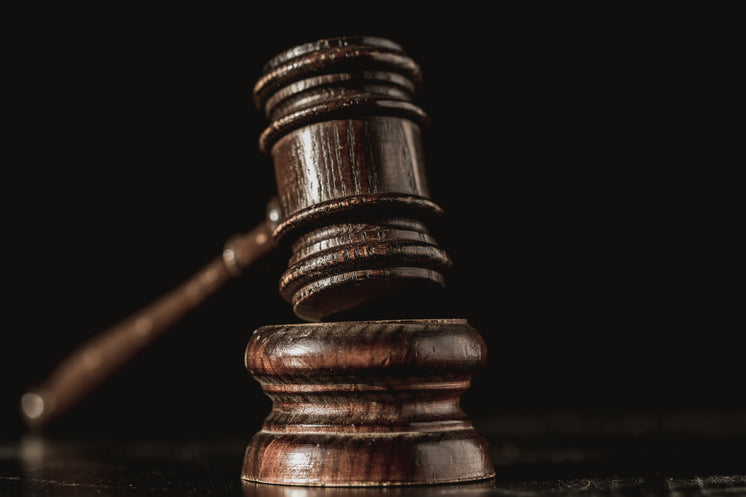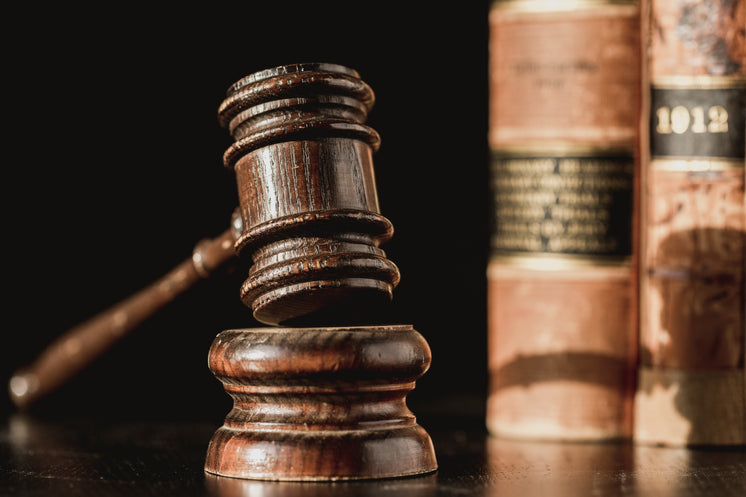ewanroot796069
About ewanroot796069
Over the past decade, there have been significant transformations to the law courts in the United Kingdom.
It ensures that the courts function efficiently, delivering justice in a timely and fair manner. The administration of the UK courts is a complex system involving multiple agencies, officials, and various levels of government. The court structure itself, as well as the way it is governed, plays a crucial role in upholding the rule of law and maintaining public trust in the legal system.
The beginning of the court process is submitting a claim. In civil cases, the claimant (the person making the claim) must file a formal complaint, known as a ”claim form” or ”particulars of claim,” with the court. This document sets out the details of the case, including the legal basis for the claim and any evidence supporting it. In criminal cases, the process begins with the arrest of the defendant, followed by charges being brought against them by the police or the Crown Prosecution Service (CPS).
One of the most significant changes has been the move towards digitalisation of court processes. The UK government, through the Ministry of Justice (MOJ), has been actively working to streamline the way the court system operates. This includes the implementation of e-filing systems, which allow individuals and legal professionals to submit documents to the courts without needing to appear in person. This change has been welcomed for its potential to reduce delays, but it has also sparked debate about accessibility, especially for those without easy access to technology or internet services.
An important function of the court system is the enforcement of their rulings. Once a court has made a decision, it is responsible for ensuring that the ruling is enforced. This may include overseeing the payment of fines or compensation, enforcing child custody arrangements, or ensuring that individuals comply with court orders. Courts may work with enforcement agencies, such as bailiffs or police, to ensure that judgments are carried out effectively.
One of the main types of law court facilities include the range of courts such as Crown Court, County Court, and Magistrates’ Court. Each type of court has specific facilities suited to the nature and complexity of the cases being heard.
Once both sides have presented their cases, the judge will deliberate and come to a decision. In criminal cases, the judge may deliver a verdict of ”guilty” or ”not guilty.” In civil cases, the judge will determine whether the claimant is entitled to compensation or other remedies. The judge may also issue an order for specific performance or an injunction, depending on the nature of the case.
An additional responsibility of UK courts is to ensure that there is access to justice for all, particularly for vulnerable or disadvantaged individuals. This duty is reflected in the provision of legal aid, which allows those who cannot afford legal representation to still access the courts and receive professional legal support. Courts also work to ensure that individuals who are facing discrimination or disadvantage can still access a fair trial and that their rights are protected throughout the legal process.
Forensic science errors have also led to wrongful convictions. In some instances, courts have relied on expert testimony that was later discredited. The case of Sally Clark, a mother wrongly convicted of killing her two children based on flawed medical evidence, is a tragic example. If you want to learn more in regards to Arizona lawyer marketing check out the web-site. The expert witness’s statistical miscalculations were later condemned, but only after Clark had served years in prison and suffered tremendous personal trauma.
The integration of technology in the UK court system is also evolving. The adoption of new technologies, such as artificial intelligence (AI) and machine learning, is beginning to play a role in improving the efficiency of court proceedings. For example, AI may be used to assist in legal research or to help predict the outcome of certain types of cases based on past decisions. While these technologies have the potential to improve efficiency and reduce human error, they also raise questions about privacy, fairness, and the potential for bias in the legal system.
Another high-profile case is that of the Guildford Four, similarly accused and convicted based on flawed evidence and coerced confessions. These individuals were later proven innocent, and their cases helped fuel calls for reform in the justice system.
At the trial stage, both sides will present their evidence and arguments before a judge (or a panel of judges in certain cases). In criminal cases, the prosecution will present evidence to prove that the defendant committed the crime, while the defense will present evidence and arguments aimed at casting doubt on the prosecution’s case. In civil cases, both the claimant and defendant present their evidence to support their respective positions.
 One major concern is that legal errors disproportionately affect certain groups. Minority communities, the poor, and those with mental health issues are often more vulnerable to court mistakes. They may have less access to quality legal advice, may be more likely to be misrepresented or misunderstood, and may find it harder to challenge incorrect decisions.
One major concern is that legal errors disproportionately affect certain groups. Minority communities, the poor, and those with mental health issues are often more vulnerable to court mistakes. They may have less access to quality legal advice, may be more likely to be misrepresented or misunderstood, and may find it harder to challenge incorrect decisions.
No listing found.
